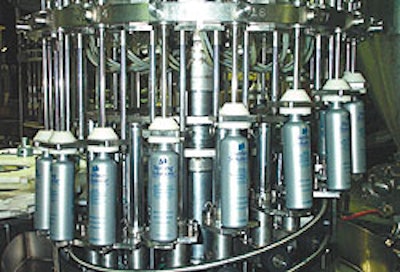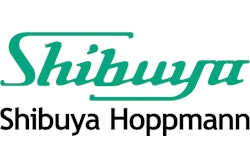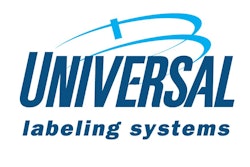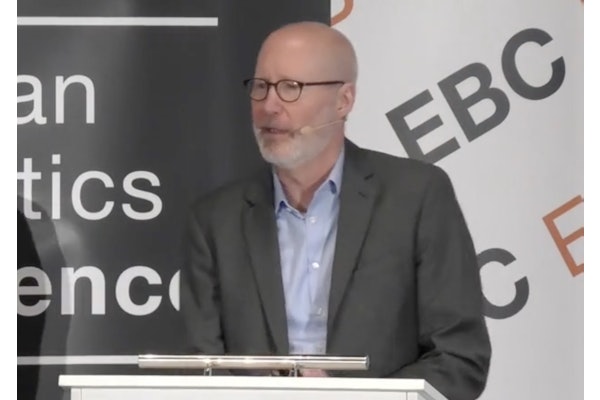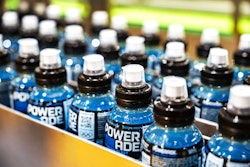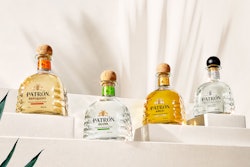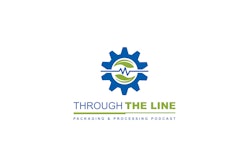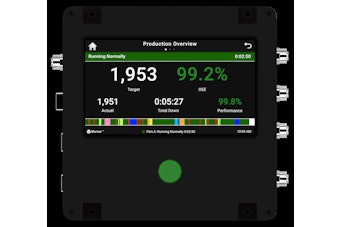Contrary to the old saying, under the proper conditions, familiarity can breed confidence. That’s been the experience of Jim McAlpine, vice president of manufacturing at Stanford Personal Care, Santa Clarita, CA, a division of Allou Personal Care. McAlpine was the key decision maker in a new packaging line anchored by a new filler at the contract packager’s facility north of Los Angeles.
The 18-station volumetric filler from Pacific Packaging Machinery (San Clemente, CA) is the centerpiece (see sidebar, p. 67) of a $400ꯠ packaging line started up in late July ’01. McAlpine expects the 70’-long, straight-line operation to yield a one-year payback—representing the bottling of some 8 million containers—from labor savings. “With the capability of this line to complement our other operations, we now can fill the gamut of [health & beauty aids] products,” he says.
When Packaging World visited, 12-oz high-density polyethylene bottles were filled with Sterling Solutions shampoo for Cirrus Healthcare Products, LLC, Locust Valley, NY. McAlpine says that Stanford fills for customers more than 90% of the time and for its own brands for the remainder.
The filler has been used by Stanford for sizes from a 2-oz jar to a 12-oz bottle; McAlpine says that the filler can accept containers up to 32 oz. Stanford has already filled a number of different container styles including cylinders, ovals, “bullet”-style bottles, and even one that looks like an Erlenmeyer flask. Products range from shampoos and conditioners to lotions and creams.
A product change, mandating a wash down of the equipment, takes about 20 minutes, whereas a bottle size changeover takes an hour, according to McAlpine. Stanford currently uses four sets of change parts and makes two to three changes during an eight-hour shift.
Bottle placement onto the line is done by three or four operators from a pair of large waist-level hoppers. Sterling Solutions’ gray pigmented, decorated high-density polyethylene bottles are supplied by Poly-Tainer (Simi Valley, CA). Bottles are conveyed immediately to the filler. Product in stainless-steel totes supplies the filler’s 30-gal hopper, which is equipped with a positive displacement pump.
Air-reduced bottom filling
Bottles are metered into and out of the filler via starwheels. At the infeed, the bottles are transferred onto an individual platform. Filling is bottom-up: The cam-operated platform that each bottle rests on is raised up around a stationary fill nozzle. At the top position, filling starts and is completed when the bottle is lowered just prior to discharge. The nozzle is positioned about a ½’’ from the bottom of the bottle at the start of the filling cycle, which spreads thicker products more evenly. The nozzle remains above the product level throughout the filling cycle. The fill rate is variable, meaning the product is pumped slower at the beginning and at the end of the fill cycle. This reduces foaming and air pockets. “The filler handles thick products especially well,” notes McAlpine.
Filling is highly accurate, he adds. “We’re well within one percent of volume accuracy for all of our products,” states McAlpine. Pacific’s trials on Stanford’s filler showed an accuracy of 1/3 of 1% of the volume, the supplier says.
After filling, bottles travel through a four-head capper that was relocated from an adjacent production line. Sterling’s bottles were accepting a 24-mm flip-top polypropylene closure.
The line also includes a modular labeler usually located just downstream of the capper that McAlpine says has become “our workhorse.” The Hoppmann-built Model M-3 labeler from ID Technology (Fort Worth, TX) can easily be moved by forklift into position on the line. The labeler wasn’t used for the Sterling bottles, the only time that Stanford has not used it. He says the M-3 offers tight tolerances on placement for wraparound or front-and-back labels.
Bottles are ink-jet coded on the bottom and packed into cases manually before the cases are tape sealed by in-line equipment.
Historical reasoning
McAlpine’s successful experience with Pacific’s fillers headed the decision in that direction from the outset, he says. Before joining Stanford in early 2000, McAlpine worked for another cosmetics company that had five Pacific fillers in operation. That included a 20-year old model that was still filling after 100 million containers, he reports.
“Pacific has the experience, the machinery was purchased for a good price, and they are local,” states McAlpine. “I knew exactly what I was getting.” That’s one of the big benefits of familiarity.
See sidebar to this article: A showcase filler detailed
